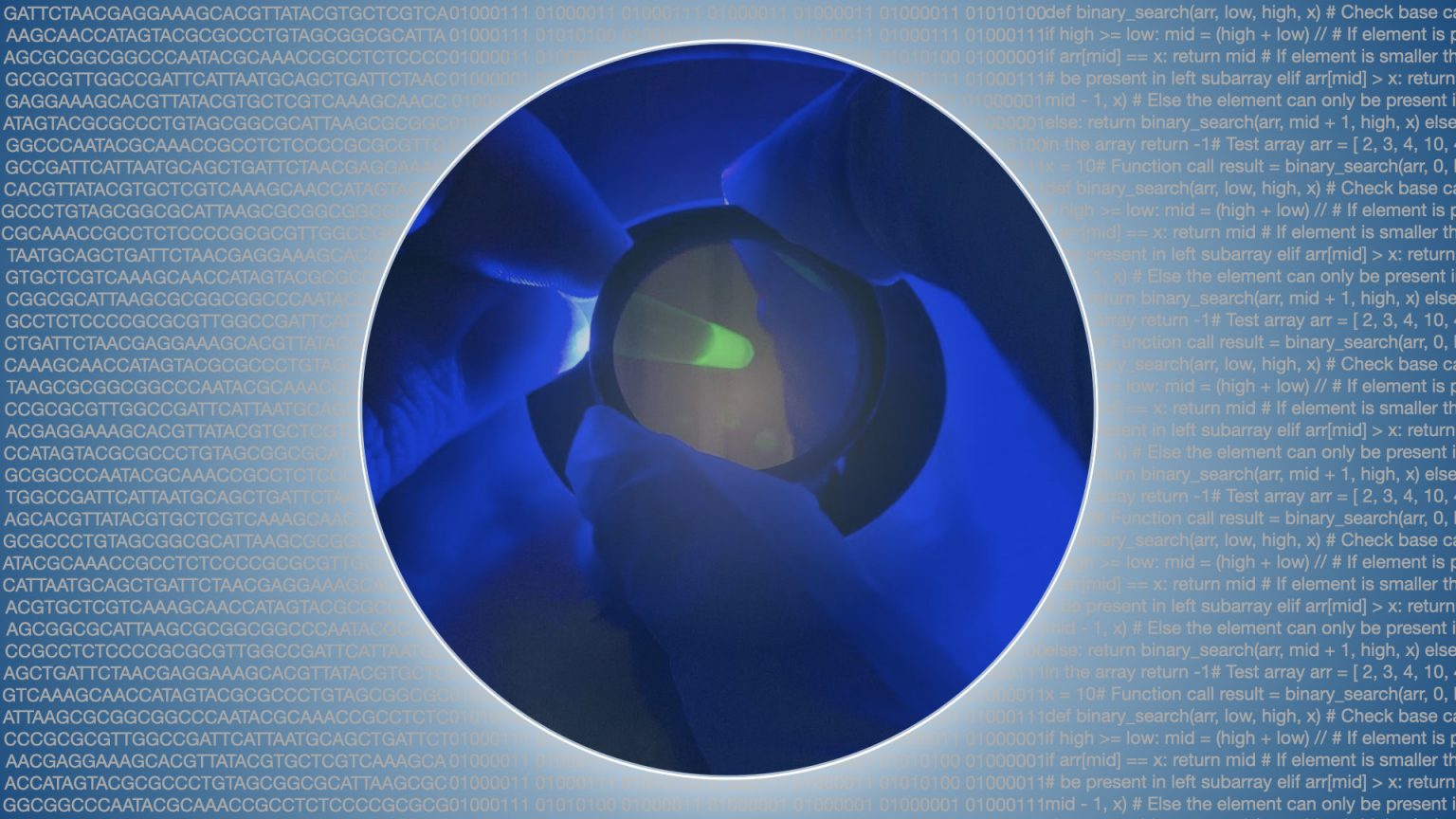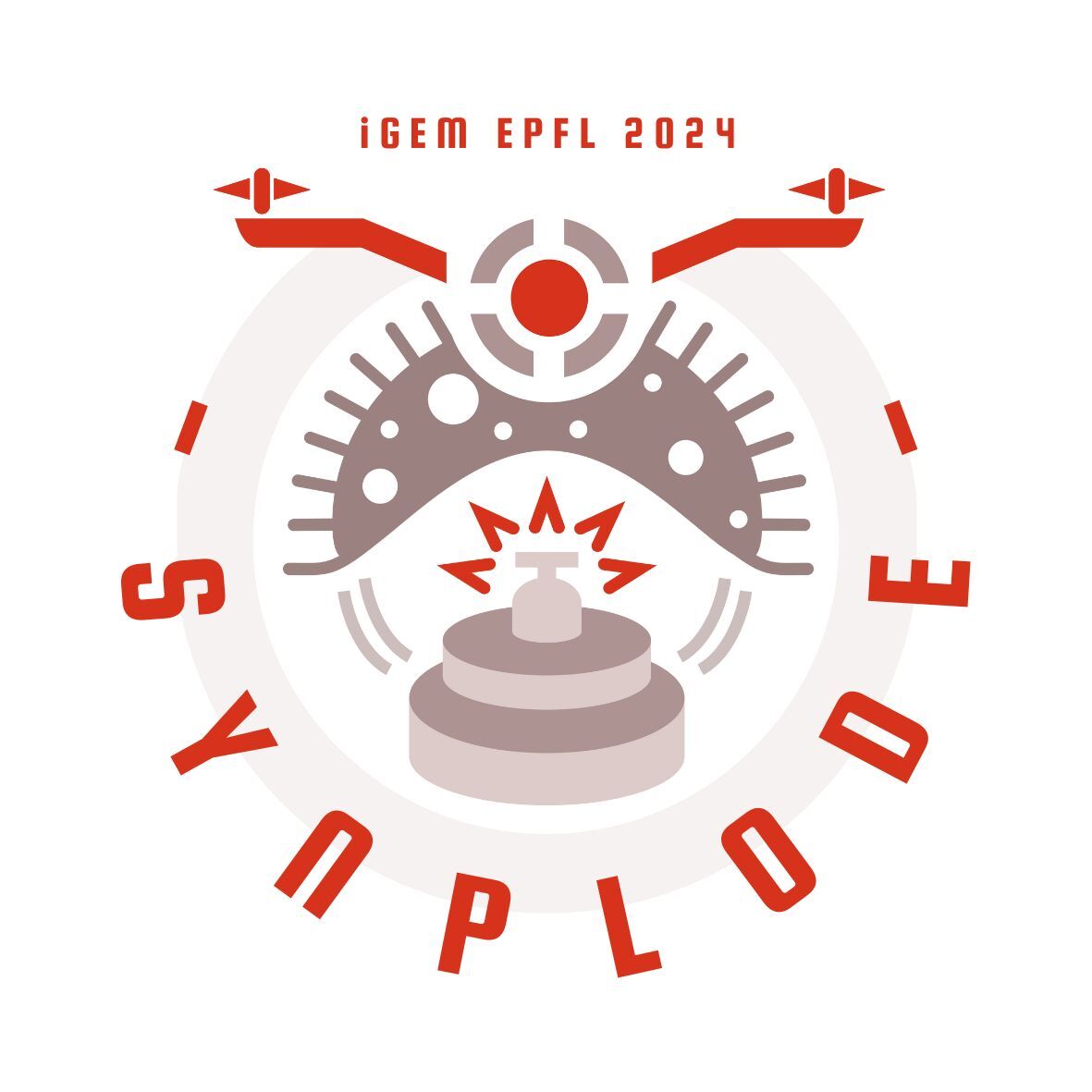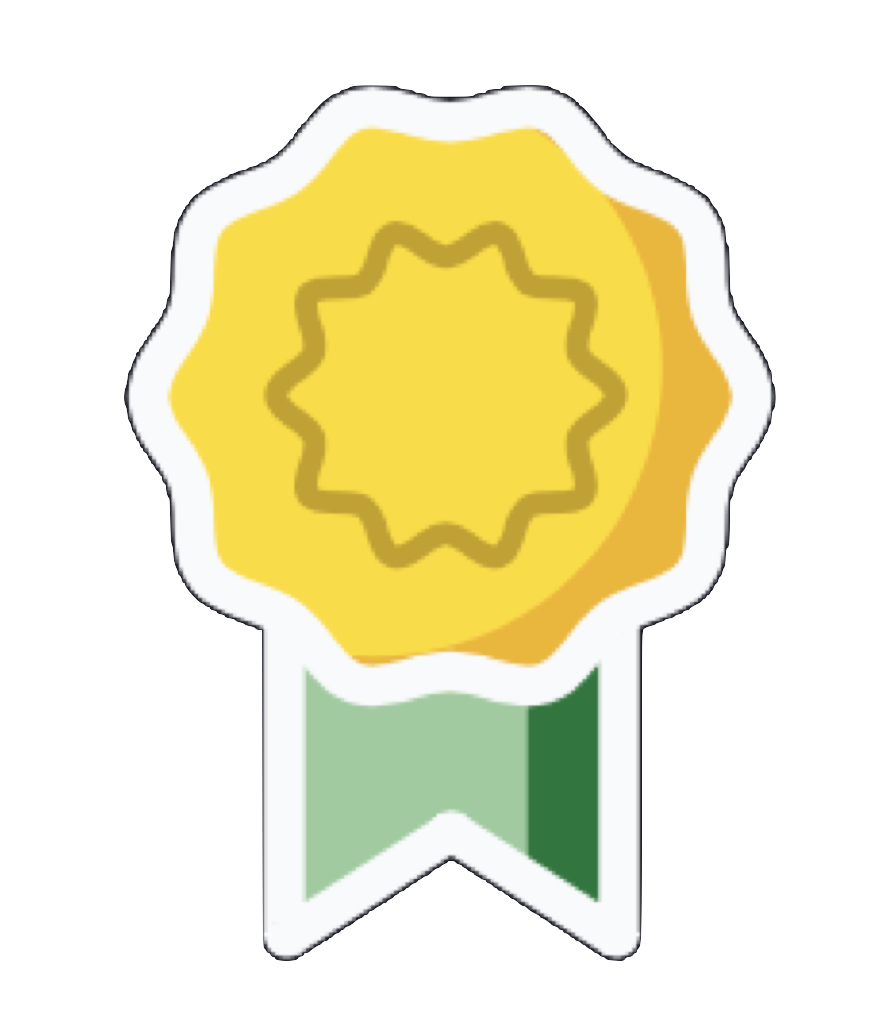iGEM

iGEM – International Genetically Engineered Machine
COLLABORATE · DESIGN · BUILD · COMPETE
iGEM is an international synthetic biology competition in which teams design and implement engineered biological-based systems to address basic or applied problems. These creative solutions are then evaluated during an international competition with teams from universities from all over the world. The EPFL iGEM team consists of an interdisciplinary group of at most 12 students (both undergraduate and masters) from different schools which collaborate to bring biological, silicon and material components together to solve problems in select areas such as diagnostics, energy, environment, food & nutrition and therapeutics.
iGEM is part of the MAKE interdisciplinary projects supported by EPFL.
What is iGEM?
The iGEM Foundation is an independent, non-profit organization dedicated to the advancement of synthetic biology, education and development through open community collaboration. An important component of this is an annual friendly competition to spur creativity and encourage advances in technologies that employ synthetic biology. Teams submit their designs to be judged and present their solutions in person at an annual jamboree in Paris.
How does EPFL participate in iGEM?
EPFL teams have competed in the iGEM competition since 2008. Past EPFL team achievements include Grand prize winner, Awards for Best Education Project, Best Public Engagement Project, Best Environment Project, Best Integrated Human Practices, Best Wiki/Website, Top 10 Projects, 14 gold medals, 2 Silver medals and 1 bronze medal. You can view project websites from past EPFL teams here for 2008, 2009, 2010, 2011, 2012, 2013, 2014, 2015, 2016, 2017, 2018, 2019, 2020, 2021, 2022, 2023, 2024.
EPFL 2024 iGEM project

SYNPLODE: Biological Demining to Save Lives and Restore Conflict Zones
Post-war landmines or unexploded ordinances (UXOs) can cause injuries or death, pollute land and restrict economic activity long after conflicts have ended. Our project, SYNPLODE, aims to address the problem of UXOs and the harm they cause. We have engineered bacteria designed to detect and break down TNT and RDX, the two most common explosives found in degrading landmines and UXOs. Our solution is designed to achieve three tasks: 1. detecting these explosives, signaling their presence and identity, 2. degrading these dangerous substances into non-explosive derivatives and 3. confirming that the UXO has been made safe. To deliver our solution, we have designed and built an aerial ‘bio-drone’ to safely deploy our solution in affected areas, providing a cheaper and scalable end-to-end solution to disarm UXOs without risking human life. We believe our approach has the potential to revolutionize the demining process, offering hope to those communities currently living under UXO threat and enabling them to live a safer future.
Links to 2024 EPFL team introduction video, project website, project video
EPFL 2024 iGEM team

The 2024 team won a Gold Medal, the Best Bioremediation Project Prize and were selected as a Top 10 overall project. They were additionally nominated in the Best Hardware, Best Integrated Human Practices and Best Presentation categories. Full results here.
HOW TO ENLIST IN EPFL iGEM
I want to join the next EPFL iGEM team. What should I expect?
First, you will learn about synthetic biology through lectures, lab work, and by participating in the iGEM Jamboree. This will include conceptualizing and designing with the team an innovative solution to an iGEM relevant problem grounded in synthetic biology (wetware) which may also include hardware and software components. EPFL iGEM projects commonly utilize computation and simulation combined with engineering approaches to design, test and build optimal solutions.
Second, you will receive intensive practical training in cutting-edge molecular biology technology. You will assemble molecular components and learn by making. In addition to molecular biology, you will also learn about the other technologies that may contribute to the teams solution. This research will be outside of a course laboratory setting – i.e. you will be performing independent, goal-oriented research.
Third, you and your team members will represent EPFL at the international iGEM competition. Your iGEM project will be judged as a team and your ability to collaborate with and support your team members to achieve the project goals will be key to success at the international level. The course is weighed for 12 ECTS credits for both Bachelors and Masters students in Life Sciences Engineering (BIO-510 coursebook, students from other programs should confirm with their school).
What will be expected of me as part of the iGEM team?
iGEM project participants are expected to attend all introductory lectures during the Spring term. A schedule will be provided to selected team members.
iGEM team members must be present at EPFL for a majority of the time from February to September, in particular during the summer. This requirement is obligatory as the iGEM laboratory component will take place during the summer break. Do not apply if you cannot fulfill this requirement.
During the summer break, iGEM team members will prepare, build and assemble the project for submission to the iGEM competition. This is commonly an intense period with team members working to solve problems and achieve the project goals. Consistent presence in the lab is of utmost importance during this time, equivalent to a full-time job (40+ hours a week). Do not apply if you cannot fulfill this requirement.
What experience do I need to apply?
You DO NOT need prior synthetic biology or any indeed any biology experience to apply. EPFL undergraduate and masters students from any school or discipline may apply to be part of the iGEM team. EPFL iGEM teams are interdisciplinary with each team member contributing to the success of the project. The primary criterion for participation is a strong motivation to learn and deploy synthetic biology based technologies to solve problems in fields such as diagnostics, energy, the environment, nutrition or therapeutics.
How do I apply?
Positions on the iGEM team are limited to a maximum of 12 students. To apply complete the following steps.
In a single pdf document write at the top
1. Your name
2. Your field of study (your major)
3. Your year of study (e.g. 2nd year Bachelor, 1st year Masters, ….)
4. Your GPA (grade point average)
Below this write a 500 word review of any 2023 iGEM project except the EPFL project. The review should A. briefly summarize the project, B. explain the rationale behind the project such as what the team aimed to accomplish, C. criticize the project on factors such as design or failure to accomplish their goals and D. suggest improvements or next steps to build upon the project.
It is understood and encouraged that applicants will be from a wide variety of backgrounds with little or no knowledge of synthetic or other biology. A detailed technical appraisal is not sought, rather the goal is an evaluation of the applicants creative and critical abilities.
The single pdf document should be emailed as an attachment with the title ‘2025 iGEM application – Your name’ to here.
The 2025 iGEM EPFL team application deadline is 12:00 noon CET on the 4th of November 2024.
Selection Procedure
Shortlisted applicants will be notified on or before 8th of November 2024.
Interviews by Zoom of shortlisted applicants will be scheduled during the week of November 11th to 15th 2024.
Successful applicants to join the 2024 EPFL iGEM team will be notified on or before November 22nd 2024.
What if I have additional questions?
The course is supervised by Prof. Brian McCabe who can be contacted by email.
External Links for more information
iGEM website
iGEM twitter feed
Article: iGEM comes of age: trends in its research output. (2021) A.K. Jainarayanan et al. Article which highlights the many contributions of iGEM projects to published research and innovation. Read in Nature Biotechnology or on BioRxiv.